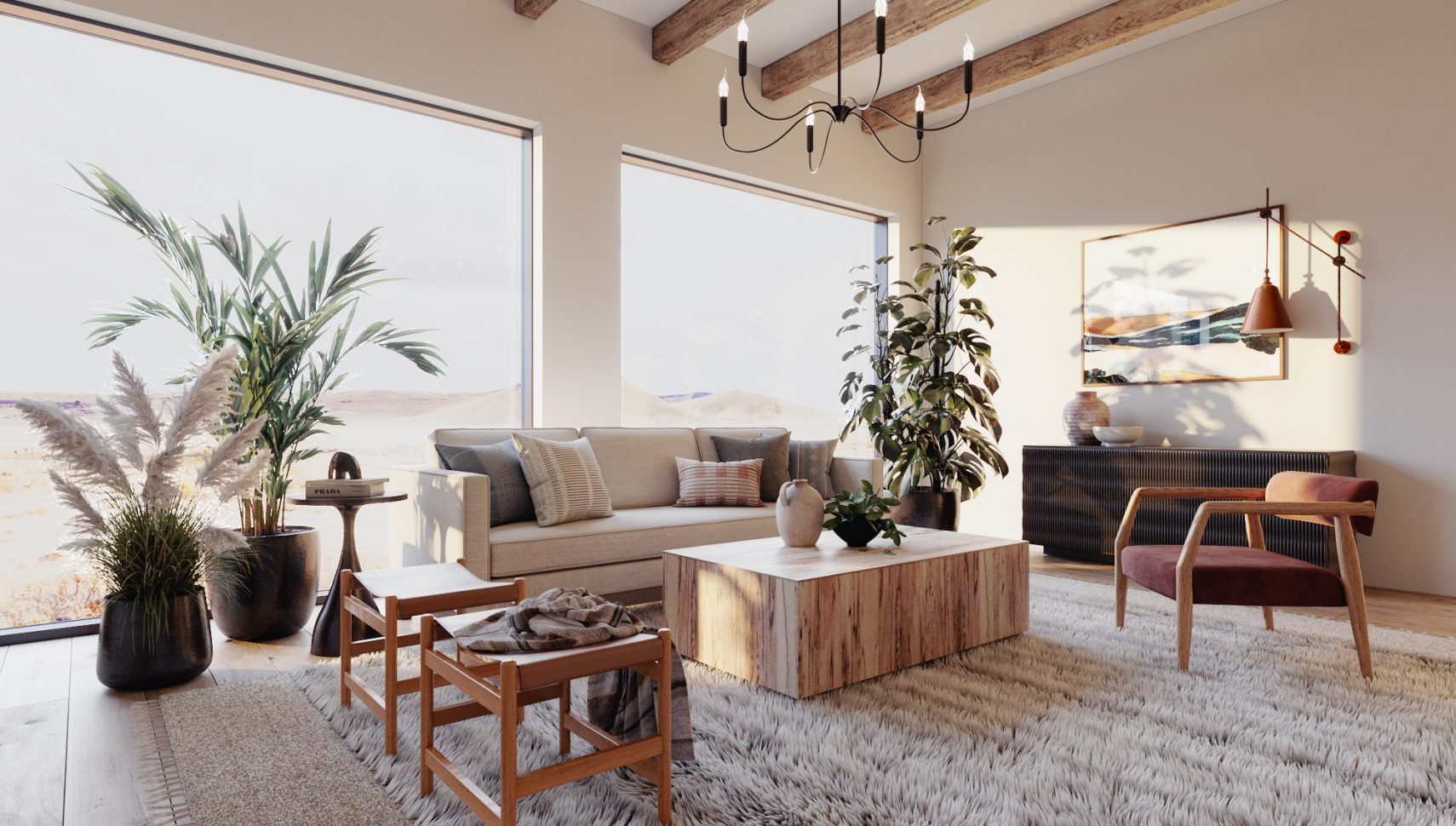Your home is more than just a place to live; it’s a reflection of your personality, a sanctuary from the outside world, and the backdrop to your life’s most cherished moments. Home design and decor is the art of transforming a living space into a personal haven. It’s a journey that can seem overwhelming at first, but with a little guidance and a lot of creativity, you can turn any house or apartment into a place you love.

Whether you’re starting with a blank canvas or looking to refresh a familiar room, the principles of good design are your roadmap. It’s about finding the perfect balance between aesthetics and function, ensuring your home is not only beautiful but also works for you and your lifestyle.
1. Finding Your Design Style
Before you buy a single piece of furniture or a can of paint, the most crucial step is to identify your design style. Are you drawn to the clean lines of modern minimalism, the rustic charm of a farmhouse, or the cozy eclecticism of a bohemian space? Your style is your guiding star, helping you make cohesive choices.
- Modern & Minimalist: Focus on simplicity, clean lines, and a neutral color palette. Furniture is sleek, and clutter is kept to a minimum.
- Bohemian: Embrace a mix of patterns, textures, and colors. This style is all about a relaxed, layered look with global influences, plants, and natural materials.
- Farmhouse: Think rustic, cozy, and a bit traditional. Look for distressed wood, shiplap, warm colors, and comfortable furniture.
- Scandinavian: Similar to minimalism but with a focus on warmth. It’s all about simple designs, natural wood, and a bright, airy feel.
To discover your style, create a mood board on Pinterest or by collecting magazine clippings. Pin or save images of rooms, furniture, and colors that you love. After a while, you’ll start to see a consistent theme emerge.
2. The Power of Color and Light
Color is the most powerful tool in your design arsenal. It sets the mood and can completely change the feel of a room. Lighter colors make a space feel larger and more open, while darker tones create a cozy, intimate atmosphere. Don’t be afraid to experiment with accent walls or bold furniture to add a pop of personality.
Lighting is equally important. A well-lit room feels welcoming and functional. Aim for a layered lighting plan with three types:
- Ambient Lighting: The main light source that illuminates the entire room, such as a chandelier or recessed lights.
- Task Lighting: Focused light for specific activities, like a desk lamp for reading or under-cabinet lights in the kitchen.
- Accent Lighting: Used to highlight a specific feature, like a piece of art or a plant, creating a sense of drama and depth.
3. The Art of Furniture and Layout
Once you have your style and color palette, it’s time to choose furniture and arrange your layout. A common mistake is pushing all the furniture against the walls. Instead, create conversational groupings that encourage interaction.
- Scale and Proportion: Make sure your furniture is the right size for the room. A large sectional in a small living room will feel overwhelming, while tiny chairs in a large room will feel lost.
- Flow: Ensure there is a clear path for movement through the room. Don’t block doorways or windows.
- Focal Point: Every room needs a focal point—a fireplace, a large window, or a striking piece of art—that draws the eye and anchors the space. Arrange your furniture to highlight this feature.
4. Personalizing Your Space with Decor
This is where your home truly becomes yours. Decor is the finishing touch that tells your story. Think of it as the jewelry for your home.
- Textiles: Use throw pillows, blankets, and curtains to add color, pattern, and texture. They can instantly make a space feel warmer and more inviting.
- Art: Don’t leave your walls bare. Hang art that you love, whether it’s a painting, a photograph, or a collection of prints.
- Greenery: Plants bring life into a space. A few well-placed plants can purify the air and add a touch of nature’s calming energy to any room.
- Personal Touches: Display items that are meaningful to you, such as travel souvenirs, family photos, or heirlooms. These small details are what make a house a home.
Conclusion
Home design and decor is a rewarding process that allows you to express your creativity and build a space that supports your life. It’s not about following strict rules or chasing trends, but about trusting your instincts and creating a sanctuary that feels uniquely you. By focusing on your personal style, playing with color and light, arranging your furniture thoughtfully, and adding personal touches, you can transform any space into a beautiful and functional home that you’ll never want to leave.